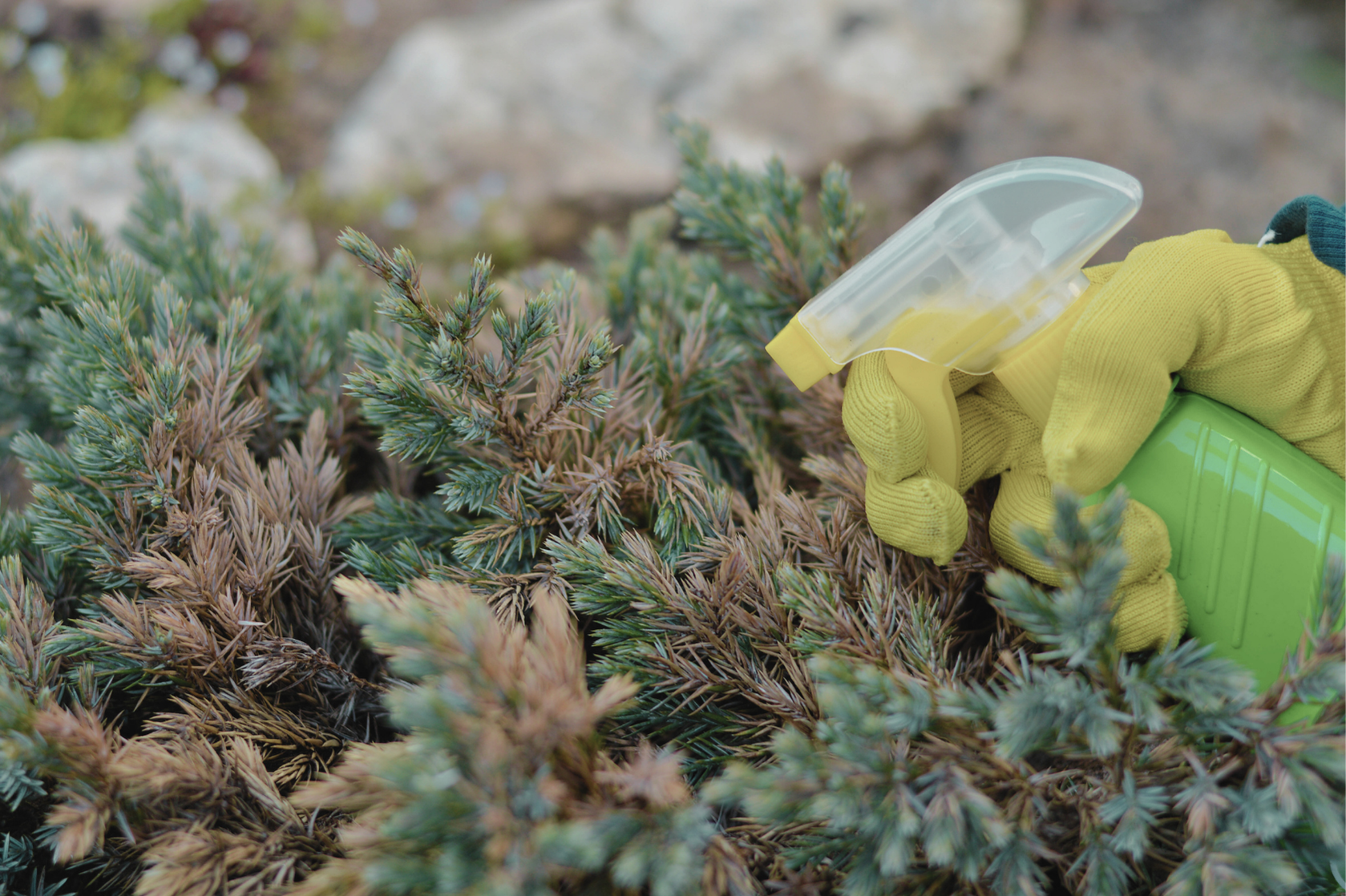
Pest Control (Main Group 3)
Biocidal products are chemical or biological substances used to control, neutralize, or eliminate microorganisms. Under the Biocidal Products Regulation (BPR) (dated December 31, 2009, and published in the Official Gazette No. 27449 [4th Duplicate]), biocidal products are categorized into four main groups: Disinfectants and General Biocidal Products, Preservatives, Pest Control Products, and Other Biocidal Products. This document focuses on the third main group: Pest Control Products.
What does “Pest control products” mean?
Pest control products are biocidal products designed to minimise health risks and environmental harm caused by harmful organisms. These products, targeting pests such as insects, rodents, mites, and larvae, are essential for both public health protection and increasing agricultural productivity.
The BPR Annex V categorizes pest control products as follows:
- Product Type 14: Rodenticides
Products used to control mice, rats, or other rodents through effects other than repelling or attracting.
- Product Type 15: Avicides
Products used to control birds through effects other than repelling or attracting.
- Product Type 16: Molluscicides, vermicides and products to control other invertebrates
Products targeting molluscs, worms, and invertebrates through effects other than repelling or attracting and not covered by other product types.
- Product Type 17: Piscicides
Products used to control fish through effects other than repelling or attracting.
- Product Type 18: Insecticides, acaricides and products to control other arthropods
Products targeting insects, arachnids, and crustaceans through effects other than repelling or attracting.
- Product Type 19: Repellents and Attractants
Products used on human or animal skin or in their surroundings to control harmful organisms (invertebrates such as fleas, vertebrates such as birds, fish, and rodents) by repelling or attracting.
- Product Type 20: Other Vertebrate Control Products
Products targeting vertebrates through effects other than repelling or attracting, not classified under other types.
Licensing Requirements for Pest Control Products
Preparation of the License Dossier
The license dossier for products in the third main group must include:
- Biocidal Product License File (within the scope of ANNEX-IIB)
- Biocidal Product Active Substance File (within the scope of ANNEX-IIA)
- Biocidal Product Risk Assessment Report (within the scope of ANNEX-VI)
- Biocidal Product Label (within the scope of ANNEX-XII)
- Biocidal Product Safety Data Sheet (within the scope of KKDIK ANNEX-II)
- Formulation and Specification Documents of Biocidal Product
- Packaging Compliance Declaration of Biocidal Product
- Test Results of Biocidal Product
Testing Requirements
The testing requirements for biocidal products are specified in the Instruction on Biocidal Product Analysis and Authorized Laboratories, published with the Official Approval No. E.519 dated 28.01.2019. According to Article 16 of the Instruction on Biocidal Product Analysis and Authorized Laboratories, it is mandatory to comply with the specifications and methods in the current version of the “Manual of Development and Use of FAO and WHO Specifications for Pesticides” publication for the determination of physical properties in biocidal products used in pest control.
Required tests for biocidal products in the third main group include:
- Physicochemical Tests
- Short-Term Stability Tests
- Open Pack Stability Tests
- Long-Term Stability Tests
- Efficacy Tests
General Testing Provisions
- All tests must be conducted in Turkey-based laboratories.
- Samples used in tests must come from the same batch/serial number.
- Physicochemical and stability tests must be performed in the same laboratory.
- If efficacy tests are conducted in a different laboratory, initial physicochemical tests must also be performed there.
- Efficacy tests must not be older than 10 years at the time of license application.
- The shelf life of the opened product in the pest group biocidal products is specified as a maximum of one year for product types 18 and 19, and a maximum of one month for product type 14. Companies that claim more than this can have the shelf life of the opened product written down for the duration of the analysis by having an analysis performed.
- Accreditation or Good Laboratory Practices (GLP) document is not required for biological activity tests of the pest group. However, the laboratory requesting biological activity authorization must have the equipment specified in Annex-3A of the Instruction on Biocidal Product Analyses and Authorized Laboratories, which is appropriate and necessary for the analysis it is authorized for, and must have assigned at least 2 personnel with at least a bachelor's degree and at least one of whom is a biologist.
- Since there is no accreditation requirement for the tests in question for laboratories performing biological activities of the pest group, the authorization certificate is issued for three years. These laboratories must also officially notify the Ministry of their authorization renewal requests (at least 3 months before the expiration of the authorization).
- It is mandatory to assign at least 2 personnel for biological activity tests related to rodenticides, at least one of whom must have an experimental animal use certificate.
Test Standards
The parameters to be examined in the content of the tests vary according to the features specified in the product specification. The details of the parameters to be examined in the tests are explained in detail in the publication "Manual of Development and Use of FAO and WHO Specifications for Pesticides".
For your questions about pest control products, which are the 3rd main group of biocidal, you can contact us at [email protected] or benefit from our Biocidal Product Consultancy service.
